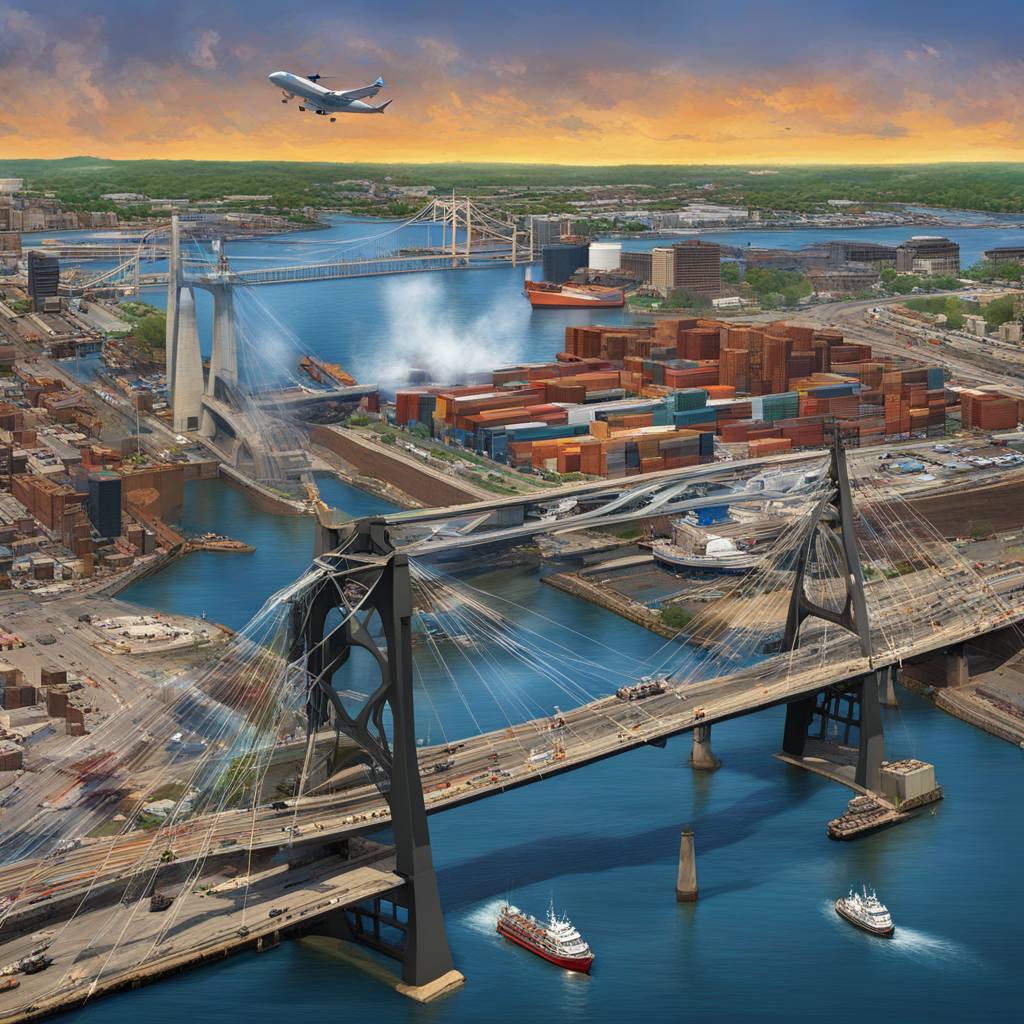Engineering experts believe that the collapse of the Francis Scott Key Bridge in Baltimore after being struck by a container ship was likely due to the extreme nature of the impact. While bridges are typically designed to withstand ship collisions, this particular event may have been beyond the bridge’s design capabilities. The Key Bridge, built in 1977, may not have had the protective infrastructure commonly found on newer bridges, such as dolphins that are designed to absorb the impact of a vessel and redirect it away from the bridge. Retrofitting older bridges with such defensive infrastructure can be costly, but may be necessary to prevent similar incidents in the future.
The Key Bridge collapse has raised concerns about the safety of older bridges and the need for increased government oversight. While newer bridges incorporate advanced technology and design features to protect against ship collisions, older bridges may be more vulnerable. With the passing of the $555 billion infrastructure bill in 2021, there may be opportunities to prioritize retrofitting projects to enhance the safety of older bridges. However, the cost of designing bridges to withstand fully loaded cargo ships like the one involved in the Key Bridge incident may be prohibitively high, according to some experts.
Officials have not disclosed what protective infrastructure the Key Bridge had in place to prevent ship collisions, but experts suggest that it may have been lacking the necessary defenses. The use of dolphins, large concrete structures that can absorb the impact of a vessel, is common on newer bridges and could potentially prevent catastrophic events like the Key Bridge collapse. Retrofitting older bridges with dolphins and other defensive measures could help prevent similar incidents in the future, but the high cost of such projects may pose challenges in terms of prioritization and funding.
The collapse of the Key Bridge has prompted a closer look at the safety of bridges across the country and the types of maritime traffic passing underneath them. Government officials, including Transportation Secretary Pete Buttigieg and investigators from the National Transportation Safety Board, are monitoring the situation in Baltimore to determine the cause of the collapse and to assess potential changes to improve port operations and bridge safety. The event may lead legislators to take a more proactive approach to addressing vulnerable bridges and increasing oversight to prevent future accidents.
Engineering experts emphasize the importance of considering extreme events during the design and construction of bridges, as unforeseen circumstances such as the collision with a cargo ship can have devastating consequences. While modern design codes aim to account for a variety of scenarios, older bridges may lack the necessary protective measures to withstand collisions. Retrofitting older bridges with defensive infrastructure, such as dolphins, may be necessary to prevent similar incidents in the future, but the cost of such projects may present challenges in terms of funding and prioritization. As investigations continue into the collapse of the Key Bridge, there is a growing recognition of the need for increased government oversight and investment in infrastructure to ensure the safety of bridges nationwide.













